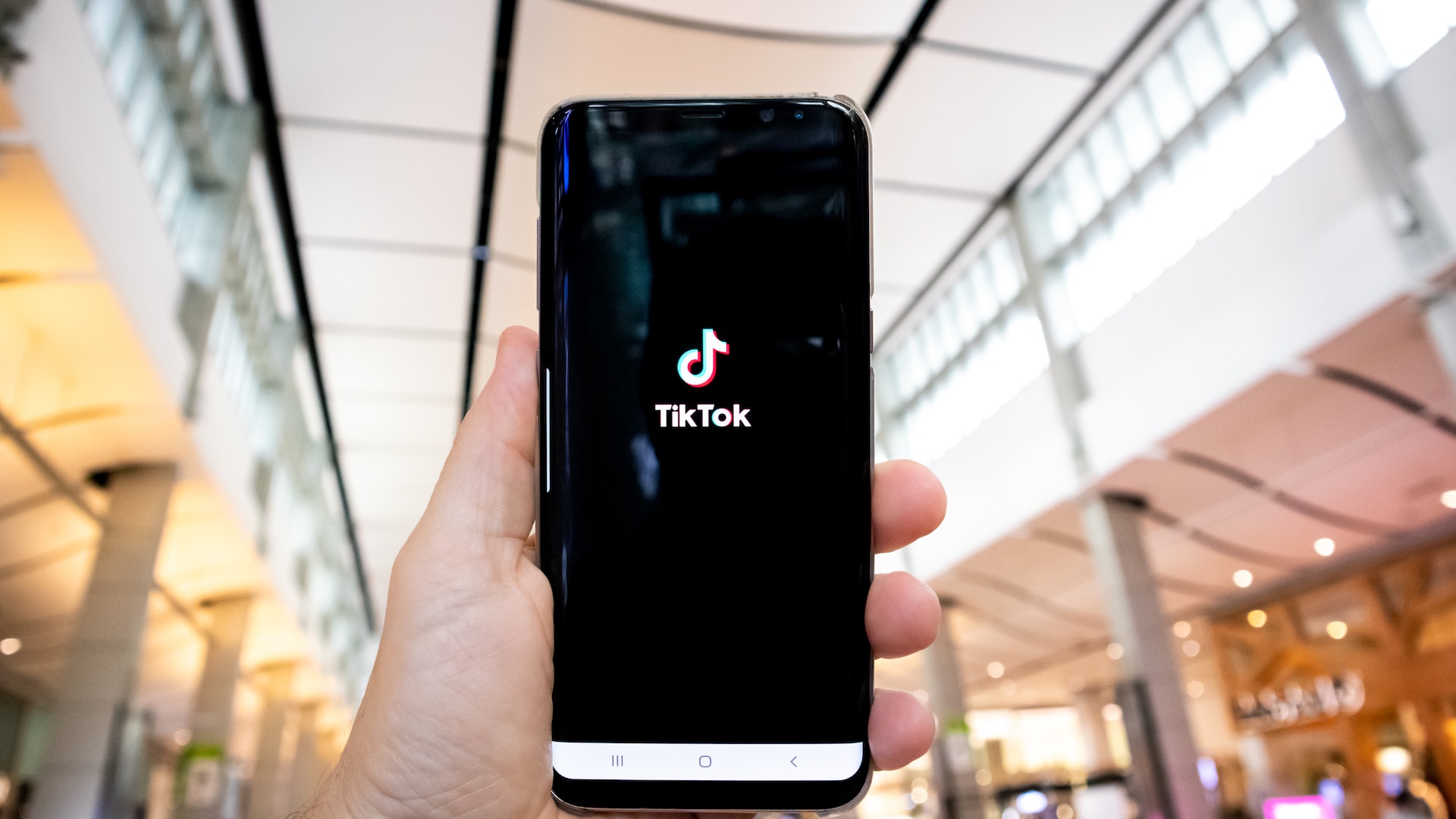
Any Revenue Manager should have a set of strategies that optimise revenue and profits for their hotel. These strategies include both dynamic pricing and non pricing methods.
NB: This is an article from NetAffinity
Today, we will be focusing on some of the more popular non pricing methods. These will help you to manage periods of high demand and cancellations, whilst increasing your profits.
Minimum Length of Stay (MLOS)
As you can assume from the name, a Minimum Length of Stay is a restrictor that requires a reservation to be made for a certain amount of nights. If a MLOS is put into place in advance, it is a great way to get the most out of a high demand date. A MLOS allows you to develop a relatively even occupancy pattern for these high demand periods, meaning that your hotel can also profit from the shoulder dates (the days which surround the high demand date).
Here is an example of an ideal situation for putting a MLOS into place:
A highly popular, annual event will take place on a Saturday near your hotel. You know from previous years that this is always a sell-out event, and can assume that for that Saturday, demand will significantly exceed supply. If you do not put a MLOS into place in time, your hotel will book out with numerous one-night stays for the night of the event. This will prevent those who wish to book a weekend stay at your hotel from being able to do so. In turn, this will leave your Friday and Sunday night bookings (the shoulder dates) neglected.
Closed To Arrival
Closed to Arrival keeps guests from arriving on a specific date, so will help you to further achieve even occupancy. Furthermore, it will reduce any extra pressure that would otherwise be put on your front desk if they are preparing for a large group arrival. Closed to arrivals can be used both in conjunction with MLOS restrictions or on their own.
Here is an example of when you could potentially use the two controls in conjunction with each other:
A 3 day event is taking place near your hotel and again, it is a popular one. For this situation a simple MLOS is not enough, as it will not prevent guests from checking in for one of the 3 days. Therefore, a Closed to Arrival must be put into place along side the MLOS to guarantee even occupancy throughout the 3 day event. Once the stay restrictions are put into place well in advance, you will maximise your hotel’s revenue and profit.
Managing Booking Channels
Every Revenue Manager has various booking channels to consider, such as direct-bookings, OTAs, walk-ins, travel sites and agencies- and they all need managing! Have a full list of all of the booking channels, grouping them and ranking them from most profitable to least profitable.
In periods of high demand when you can sell out your hotel from the first few ‘most profitable’ rate plan groups, you can close the least profitable channels. For example, close the OTA that charges your hotel a significant commission per booking. This will give your Average Daily Rate (ADR) a significant boost, which in turn, gives a significant boost to your profits.
Alternatively, rather than closing a channel entirely, you can restrict what is available to book on it. For example, keep the most valuable room types and rate plans for the low cost channels like your hotel’s website.
Overselling
The last strategy that we will discuss today is overselling. Overselling is a strategy feared by many hoteliers, at the thought of their front desk ending up like this:
However, if your overbooking practices are correctly implemented, the likelihood of this occurring and having to turn away guests is slim. Furthermore, you will notice a significant increase in revenue
The question is, how can you ensure that your overbooking practices are correctly implemented?
Firstly, divide them into two.
- Cancellations
- No-shows
No-show predictions are simple. They have to occur on the last day, so simply analyse historical data and overbook on the last day based on these figures.
Cancellations are slightly trickier. It is not enough to calculate the total number of rooms to oversell, you must create a cancellation forecast curve. Create an Excel spreadsheet and note the predicted amount of cancellations for each day leading up to the day of arrival. This calculation can be made from the average of cancellations from similar days in the past.
Another point to note is that overselling must happen at the peak of demand, in order to maximise your revenue to its highest potential. This will ensure that you sell your rooms at the highest possible price and that you will still have plenty of time to prepare for cancellations. Learn more about how to combat cancellations in this post.
Conclusion
So, although many Revenue Managers focus on dynamic pricing fluctuations, it’s important not to forget about these non-pricing methods that can be equally as effective! Follow these guidelines and you will be one step closer to maximising your hotel’s revenue potential.



